In pictures: Excavating past crimes in Somaliland
- Published
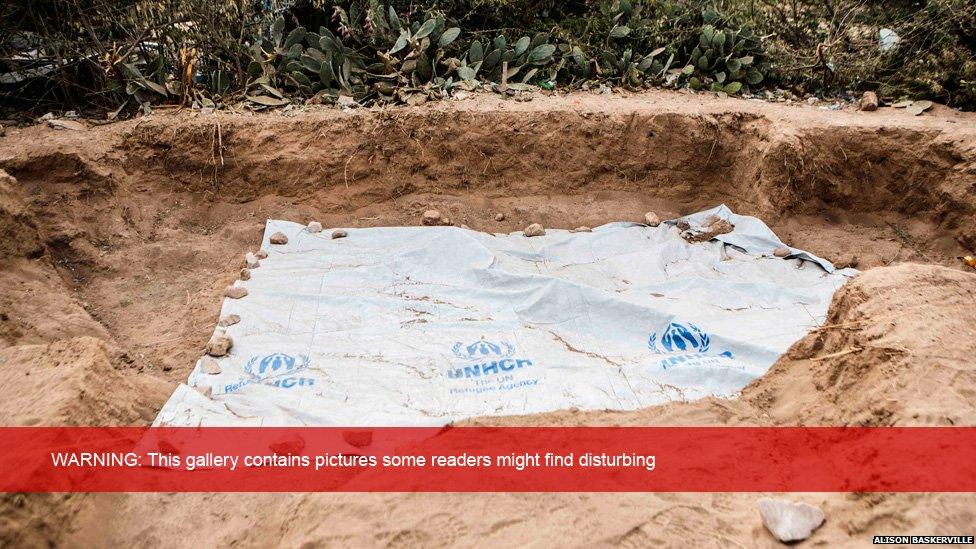
Somaliland declared independence after the overthrow of Somalia's long-serving President Siad Barre in 1991. In the last years of his rule tens of thousands of people were killed there and towns were flattened following a rebellion. Now the graves of some of the victims are being excavated.
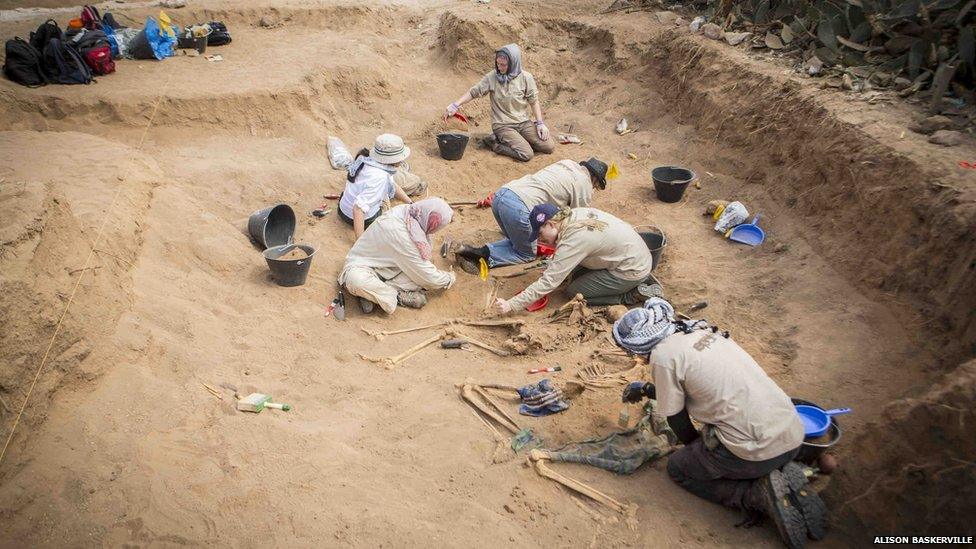
In a grave site in the Somaliland capital of Hargeisa, an excavation is taking place as part of an effort by international students from a Peru-based forensic anthropology team, Equipo Peruino de Antropologia Forense (EPAF).
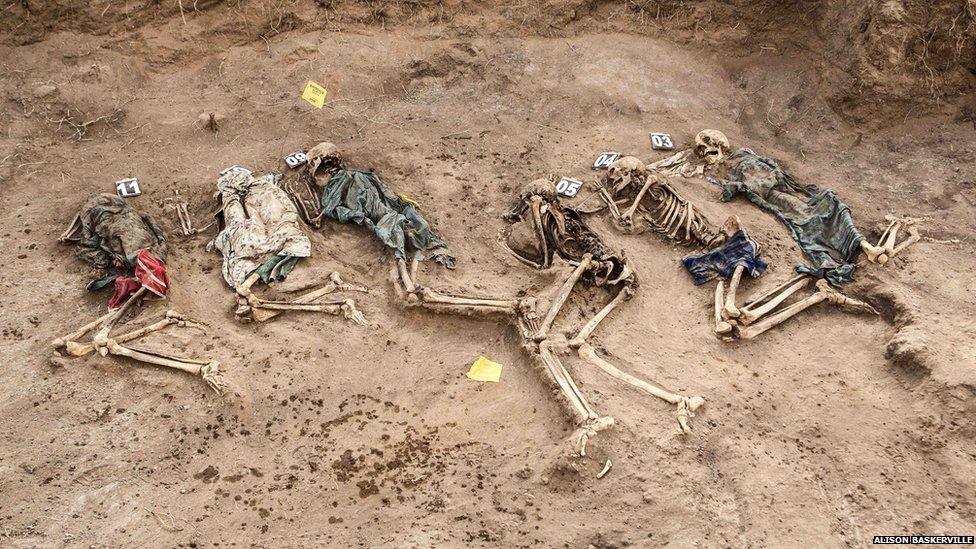
Six bodies have been found in one of three recently excavated graves. The students have recovered 44 bodies in total and are now beginning to look at a fourth site.
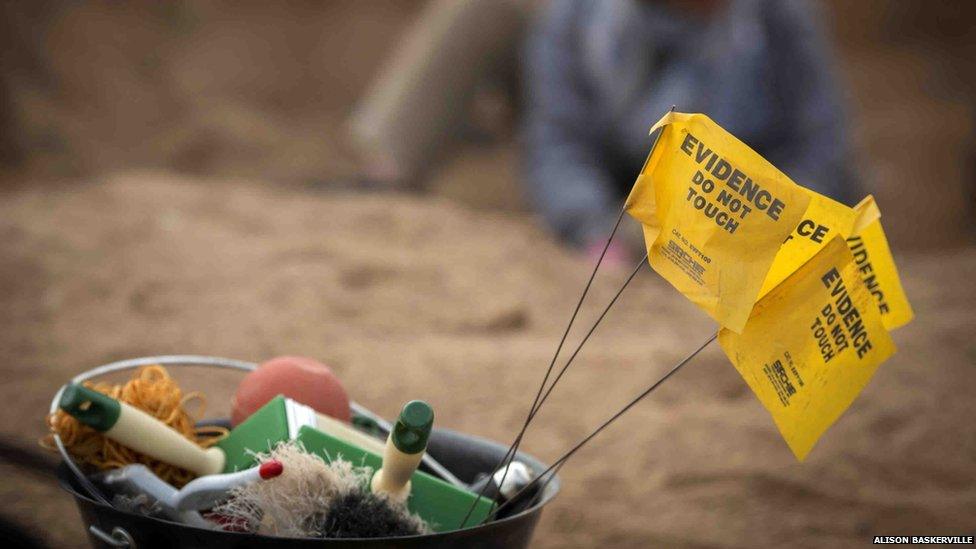
“Hargeisa is a graveyard,” states Jose Pablo Baraybar, who is in charge of EPAF team. “Some say there are 200,000 bodies under the ground. Nobody really knows. That's why we have to get the record straight.”
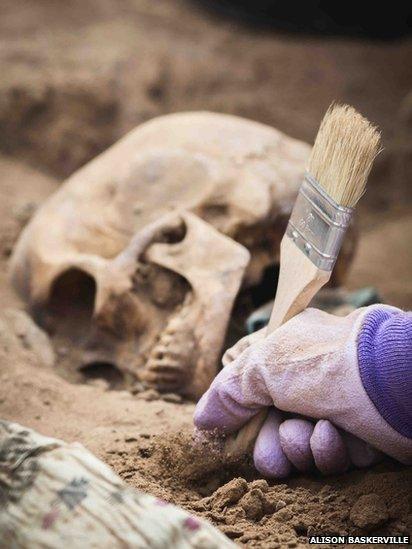
The team uses paintbrushes to dust carefully around the bones as there may be loose teeth and smaller bones that have fallen away in the grave.
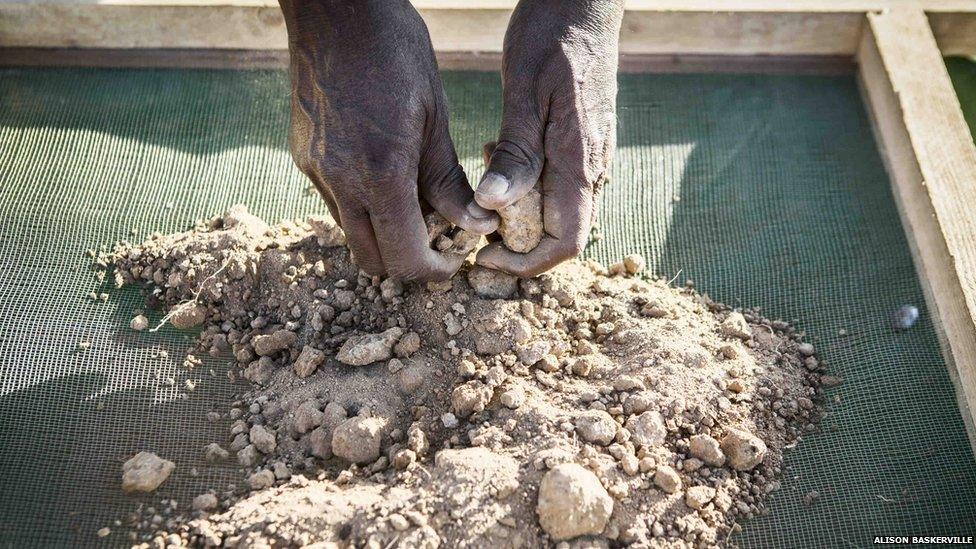
The soil removed from the site is sifted, allowing the students to find smaller bones and fragments of hair and other tissue which will help to identify the remains.
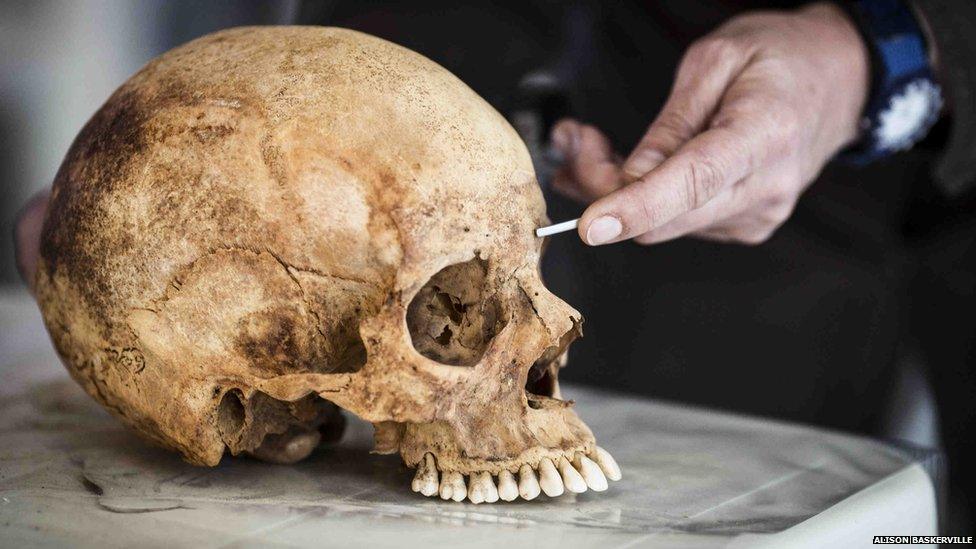
Measurements are taken to help to identify the origin and possibly the sex of the victim.
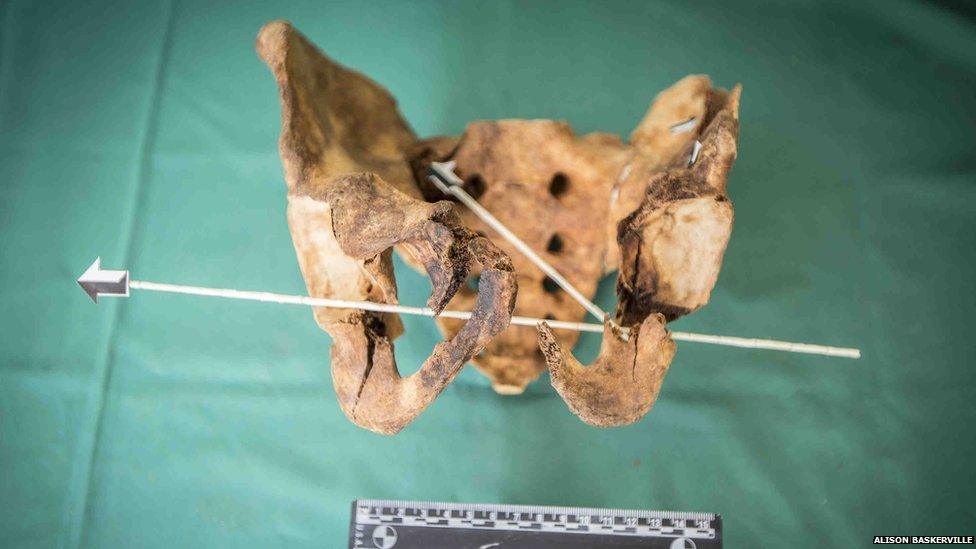
Some of the remains provide clues as to how and where the victim was shot. Here a pelvis is marked with the trajectory path of bullets.
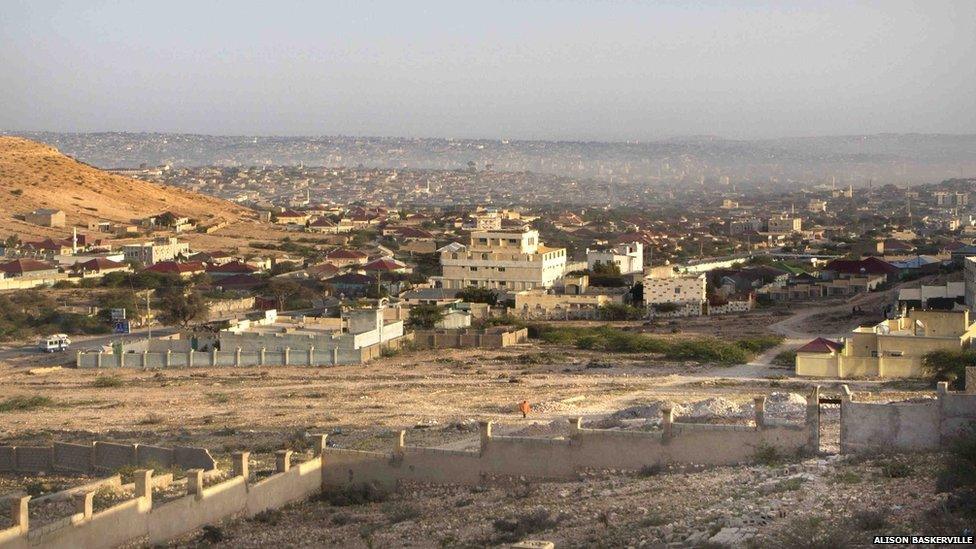
Somaliland is currently an unrecognised, self-declared republic. This has left the area with little resources to conduct the exhumation of the remains and the ability to prosecute those involved in the massacre.
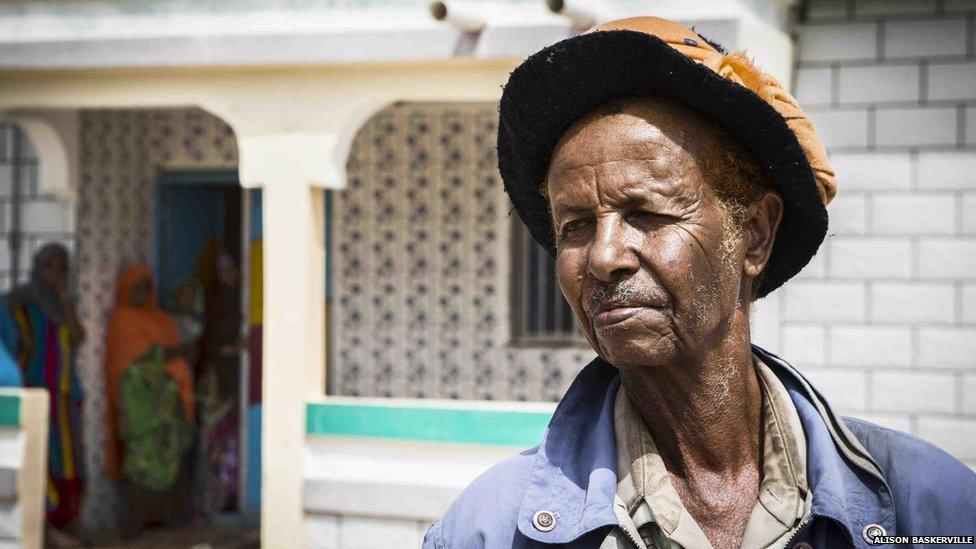
Yusuf Mohamed Duwali, 80, witnessed the digging of two grave sites near his home in Hargeisa. "When I walked from my house I would walk past the open graves. The military were shooting people near our village and just dumping their bodies."
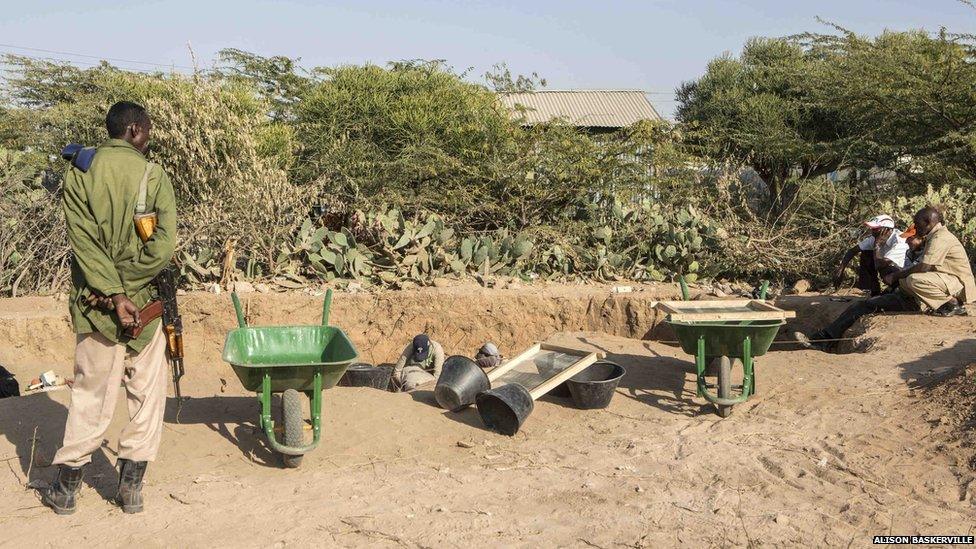
A member of the Somaliland Special Police Unit stands guard at a site.
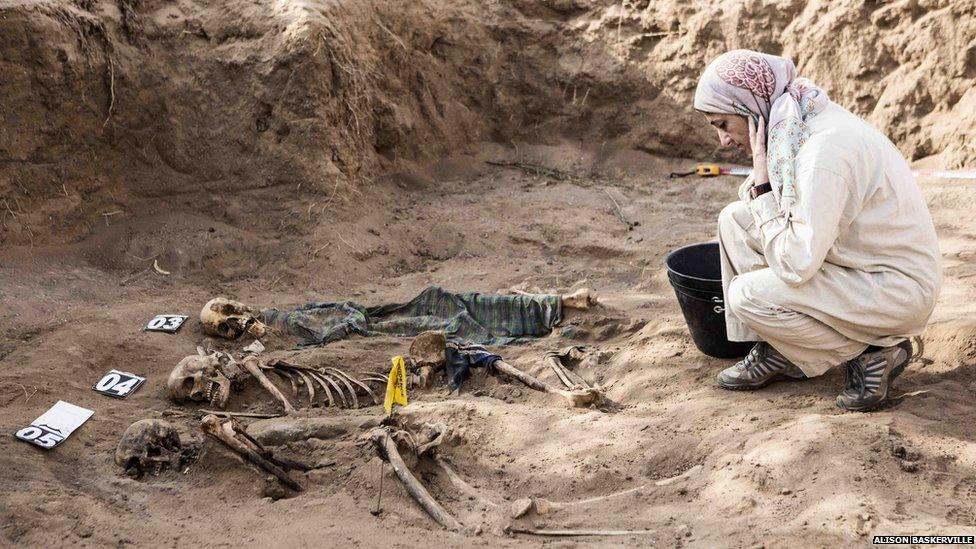
Numbers are used to identify the remains and they are carefully removed. Every attempt will be made to establish the cause of death, age and sex of each person. Photographs and reporting by Alison Baskerville.